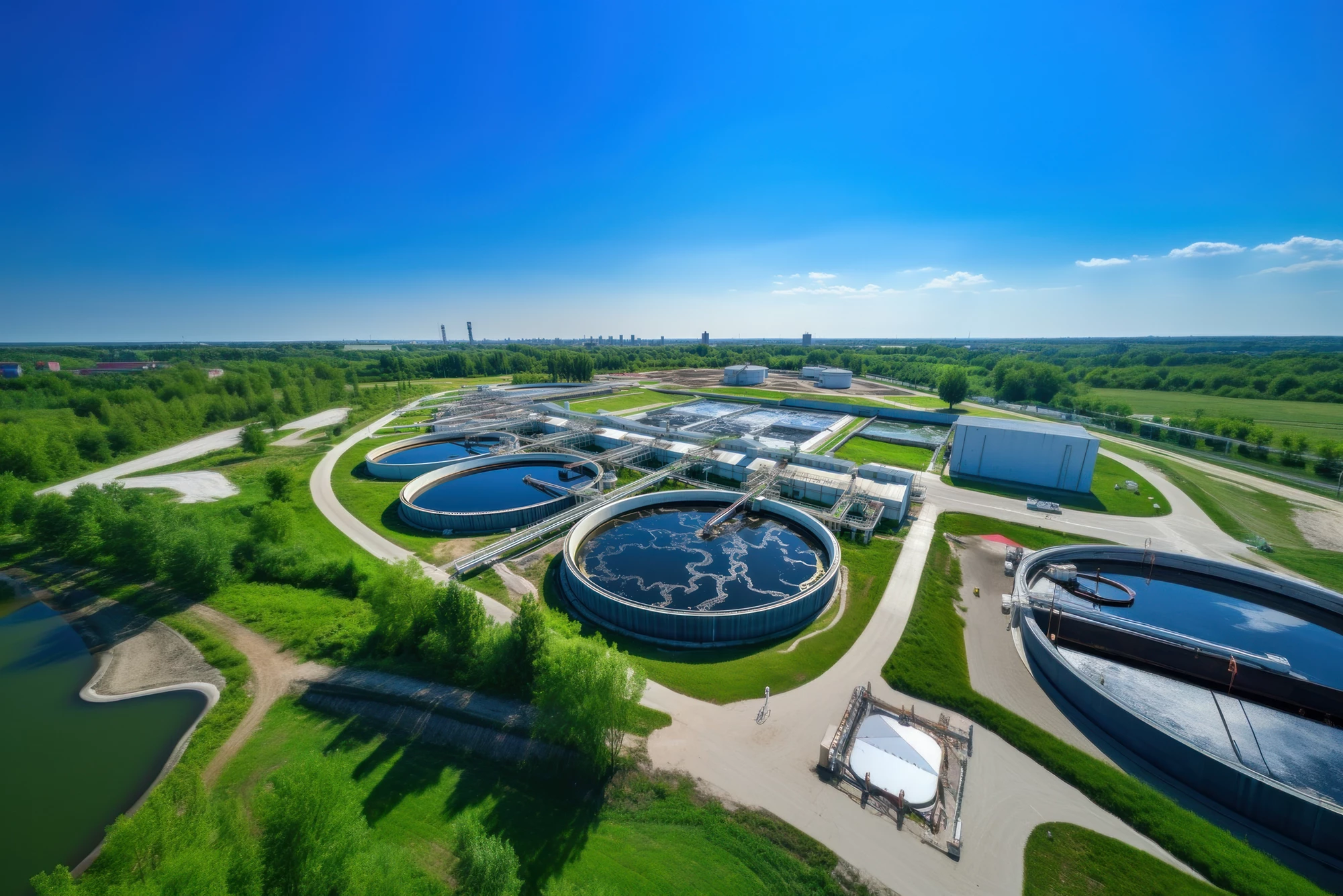-
2.2 BillionPeople lack safe drinking water
-
$1 TrillionNeeded annually for sustainable water management
Water touches the most fundamental aspects of life. It is a basic service, a determinant of livelihoods, a driver of climate change, a key input for economic development, a building block for food security, and a steward of health. The list is long.
Safe drinking water, sanitation, and hygiene are critical for health and well-being, yet they remain out of reach for billions of people. About 2.2 billion people around the world still lack safely managed drinking water, and basic handwashing facilities. In addition, 3.5 billion people do not have access to decent sanitation.
In many countries, the existing water infrastructure does not provide comprehensive sanitation services or adequate wastewater treatment. In Latin America and the Caribbean, for example, 66% of the population does not have access to safe sanitation services. Lack of basic sanitation has negative environmental, health and productivity impacts, particularly for women and girls. In 8 out of 10 households without water, women and girls are responsible for collecting and managing household water for cooking, cleaning, and personal and family hygiene.
Water is also at the heart of climate change, with rising sea levels, floods, droughts, coastal erosion, and unpredictable rainfall. Nine out of ten natural disasters involve water. As of 2020, 2.4 billion people live in water-stressed countries. Pollution, degraded ecosystems, and conflicts over transboundary water basins exacerbate the problems of freshwater scarcity and uneven water distribution. In the past two decades, Latin America, has experienced 74 droughts, causing more than $13 billion in damages. As this trend accelerates, it will affect agricultural and livestock production and the livelihoods of farmers, especially those living in vulnerable conditions.
Although most climate change impacts are manifested through water, only 4 percent of global climate finance went to the water sector in 2019-2020. Much of this funding came from government sources facing severe fiscal pressures and, unfortunately, went to suboptimal and highly inefficient delivery models. These current funding levels are insufficient to meet needs. Achieving the 2030 water, sanitation, and hygiene targets will require an up to sixfold increase in the pace of progress. Globally, it is estimated that over $1 trillion will be needed annually from 2015-2030 to deliver sustainable water management for all countries and major basins.
 A waste water treatment plant. Photo: Shutterstock.
A waste water treatment plant. Photo: Shutterstock.
Future water investment will need to feature delivery models that involve the private sector, wherever possible. Especially in emerging markets, the private sector’s capital can help fill the investment gap. And the private sector’s expertise can improve performance, innovation, and efficiency.
Yet, private investments in the water sector remain relatively low. There are several reasons for this, including tariffs that are not cost-reflective, assets that are difficult to collateralize, limited availability of long-term local currency financing, and weak policies and institutions. Such issues can be addressed through institutional reforms and strengthened regulations. Private investment can also be made less risky through attractive financial terms and better market knowledge. This is where IFC, the private sector arm of the World Bank, can play a key role, as it has done in São Paulo, by signing a partnership, including a blue loan and strategic advisory services, with the Brazilian sanitation company Sociedade de Abastecimento de Água e Saneamento S.A (Sanasa) to improve water quality and increase access to sanitation services.
By managing our water resources and preserving ecosystems, we are securing the future for generations to come, with better access to safely managed drinking water, and more reliable food and energy production. Through increased investment, improved access to water can have a catalytic effect on economic and social engagement. For example, in less-developed countries, girls and young women are less likely to drop out of school when adequate sanitation services are provided.
The stakes are high. The enormous challenges of water conservation, management, and infrastructure cannot be met by a single financial institution or by the public and private sectors acting alone. We must work together. We must lift the barriers to private sector participation and foster public-private partnerships that will catalyze more investment in adaptation, mitigation, and climate finance—and enable the sharing of expertise and knowledge.
A better water future will depend on these partnerships, at the local, regional, and global levels, all united in the vision of responsible stewardship of the world’s water resources. In this way water, already fundamental to life, will also become a driver of a better climate future.
